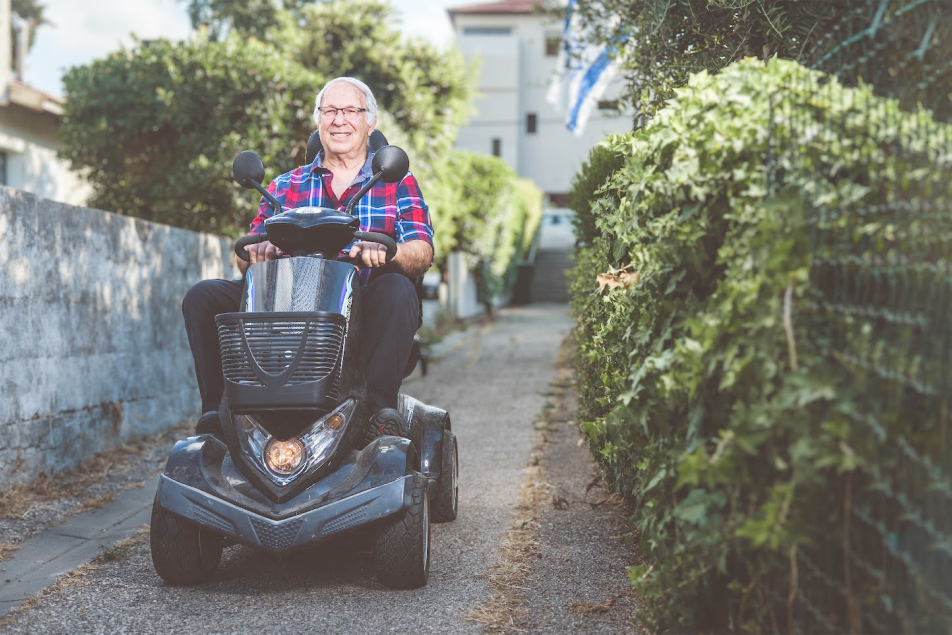A Safe Home Environment to Prevent Falls
Most of the older adult falls happen at home, usually because of, for example, visual impairment, home hazards, joint pain, medicines that cause weakness, and more.
These recommendations will help improve home safety and reduce the risk of falls.
Consult your primary care physician regarding how to adjust your home.
Making changes to the toilet and bathroom
- It is safer to take a shower than to bathe in the tub.
- With body wash, you will not slip and fall like you would with a soap bar.
- After getting out of the shower or bathtub, dry off.
- Do not lock the toilet or bathroom door from the inside so that someone can help you if you need it. It is also better that the door opens outwards.
- To prevent slipping, wipe up wet floors immediately.
Accessories that make bathrooms safer
- A mat or strips that do not slip on the floor of the tub or shower.
- Install non-slip flooring in the entire bathroom.
- Shower, bathtub, and toilet grab bars.
- Consult an occupational therapist or a physical therapist regarding correct and safe positioning of the grab bars.
- Place a stable plastic chair inside the shower or bathtub.
- If necessary, a stable booster seat for the toilet.
Modifying the bedrooms and living room
- To keep people from tripping, the floor needs to be free of things like cables, objects, and other things.
- You may need to get an electrician's help to attach the wires and cables to the walls.
- Make sure to use stable furniture and keep it out of the way of narrow passages and corridors, especially the one that leads from the bedroom to the bathroom.
- The phone should be in a place that is easy to get to. Place essential phone numbers next to it in large and clear writing.
- Remove carpets or fix them to the floor using a double-sided adhesive or special surfaces to prevent carpets from shifting and sliding.
- Keep closet and drawer doors closed.
Changes to the kitchen
- Place utensils you use every day within reach so you will not have to bend down or climb up to reach them.
- Avoid climbing as much as possible, especially chairs. Use a stool with a rail if you have no other choice.
- To keep from slipping, clean up any food or water that gets on the floor right away.
The lights
- Use lights that are bright enough to see but not too bright.
- Keep a bedside lamp close at hand.
- In the bathrooms and hallways, make sure there are lights that work at night. This is especially important coming from the bedroom to the bathroom.
Sets of stairs and levels (in and out)
- Get rid of everything on the stairs.
- Fix stairs that are not level, broken, or loose.
- Make sure the carpets are attached to the stairs securely, or take them off.
- Fix loose or broken handrail or install new ones. Make sure there is a handrail on both sides along the whole staircase.
- Install suitable lighting in the stairwell and replace burnt-out light bulbs.
More tips
- Wear closed shoes; do not wear flip-flops or sandals.
- Get a distress button on a wristwatch, for example.






